Gracefully and majestically, a host of Makalani Palm trees or Hyphaene petersiana stand tall – close enough for you to appreciate them from the road and far enough to not drive into.
Noticeable when journeying to the O-regions, from Onankali to Ondangwa, to shop for essentials before visiting your family in Ongha – empty handed arrivals are not cherished.
You could even celebrate a spellbinding sunset over the palm trees close to a homestead.
The palms stand upright, and the upper or middle section is where genders separate. It grows distinct leaves that have a fan like shape – hence, it is referred to as a fan palm. The leaf colours alternate between green and grey, with a length between 1.5 to 2 metres and are edible.
When fruits are ripened, their colour changes from green to orange and finally to a glossy dark brown. Its fruits are small and almost globose, and 40 to 60 millimetres in size. The fruit’s nut is very hard and its brown skin covers the ivory coloured kernel, often referred to as a ‘vegetable ivory’.
People living in areas close to Makalani Palms have been creative in using the nuts and leaves for economic gain.
Nuts are used to make key rings, perfume holders, necklaces or ornaments for bottle openers, whereas leaves are used to weave various baskets. Grandmothers and their granddaughters would sit in the shade of a hut to weave baskets while they delight in stories.
When weaving baskets, a coiling technique is used most, which I have failed to pull off on numerous attempts.
Leaves are cut off with a knife from the base and this is done to conserve the trees. Leaves are sectioned and shredded in thin sections, and placed in a sunny area to dry. Dried leaves are placed in warm water for leaves to swerve effortlessly during the weaving process. To add some spunk to baskets, the Bird Plum tree’s bark is finely crushed and boiled, then used as a colourant.
Baskets are unique and made for a variety of uses such as winnowing, coins, flour and to carry gift offerings, waste material, seeds or pearl millet stock during harvesting.
In addition, baskets can be vegetable containers or even décor in homes and the list is endless.
Artists customise nuts with engravings as per clients’ preferences, so you will see a lot of wildlife and other unique designs.
For those that do enjoy potent traditional brews, ombike is worth a sip or two. Just remember you might say too much of what you’re not supposed to, so pick your company wisely.
After picking up your Namibia2Go vehicle in Windhoek for your trip to our Etosha Safari Lodge, why not make a stop at the Namibia Craft Centre or the Oshetu Community Market and buy a little earing basket and a Makalani nut key ring for your mom or sister.
Have you seen a Makalani Palm? Where else can you find Makalani Palm products? Let us know by sharing your story in the comment section below.
Author – I’m Nela, from Windhoek Namibia but born in a small village called Omatunda in northern Namibia. I am passionate about writing, research and photography, as it helps me gain knowledge about people and my country.

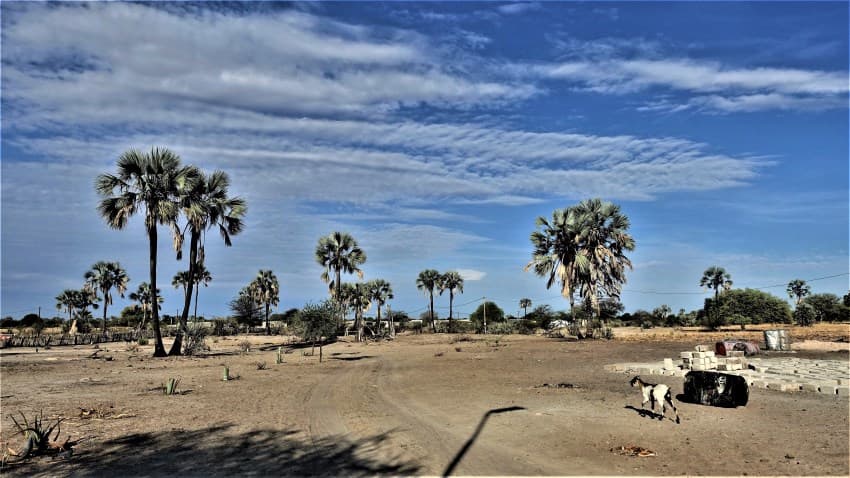
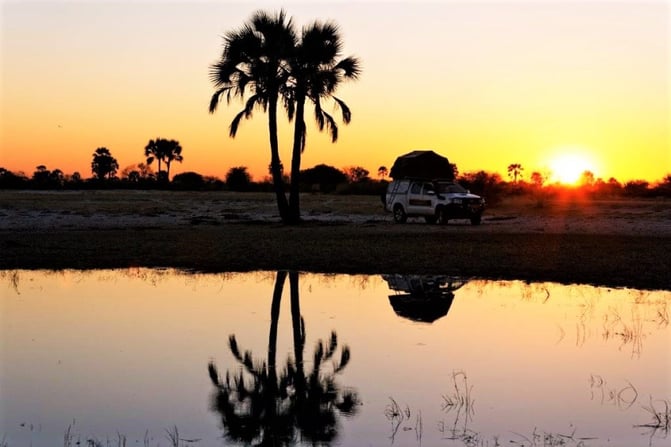


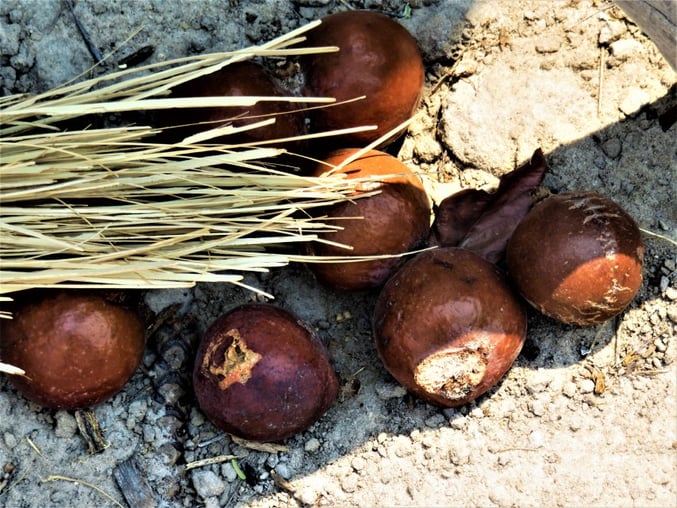

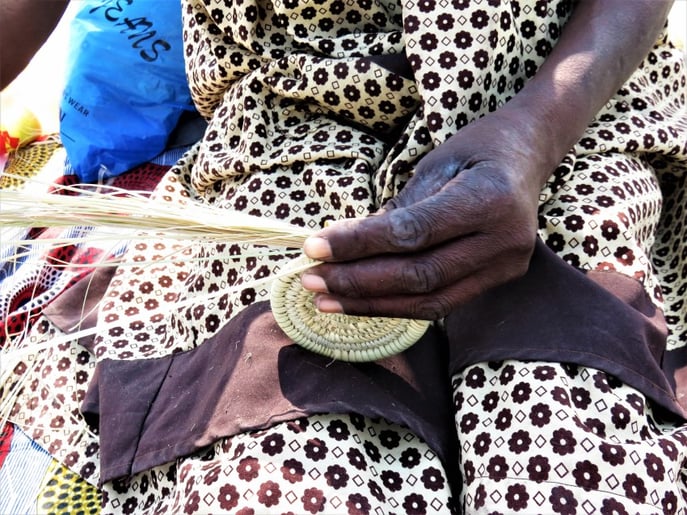

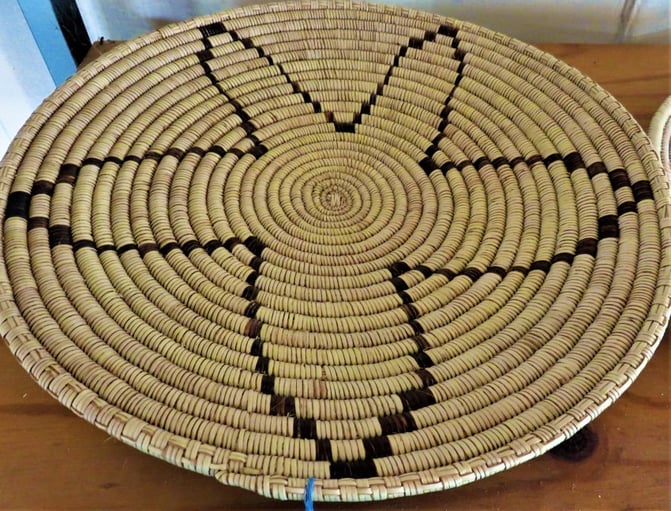
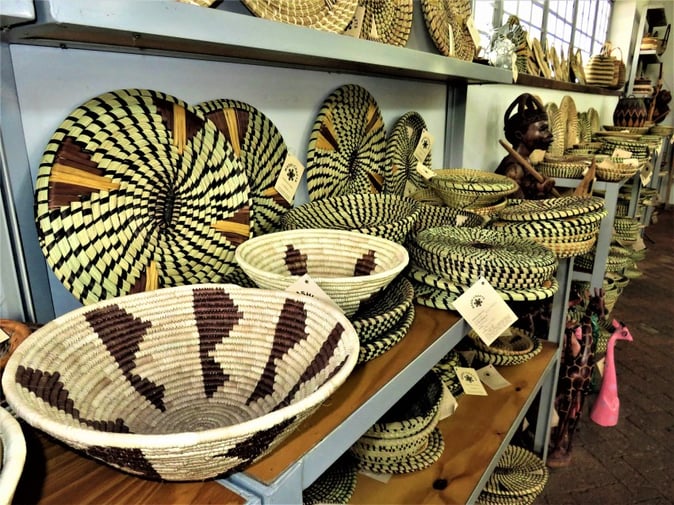
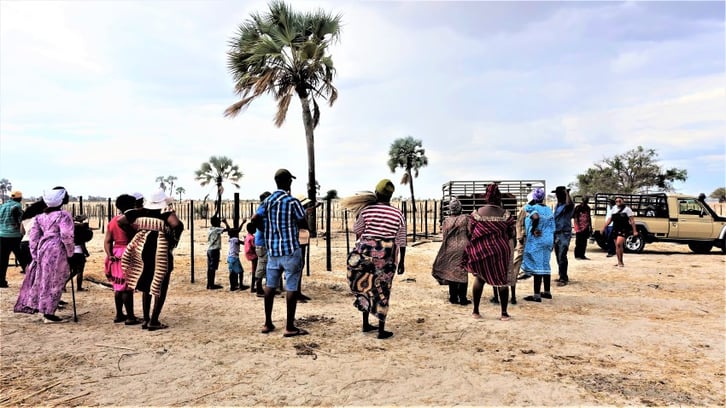
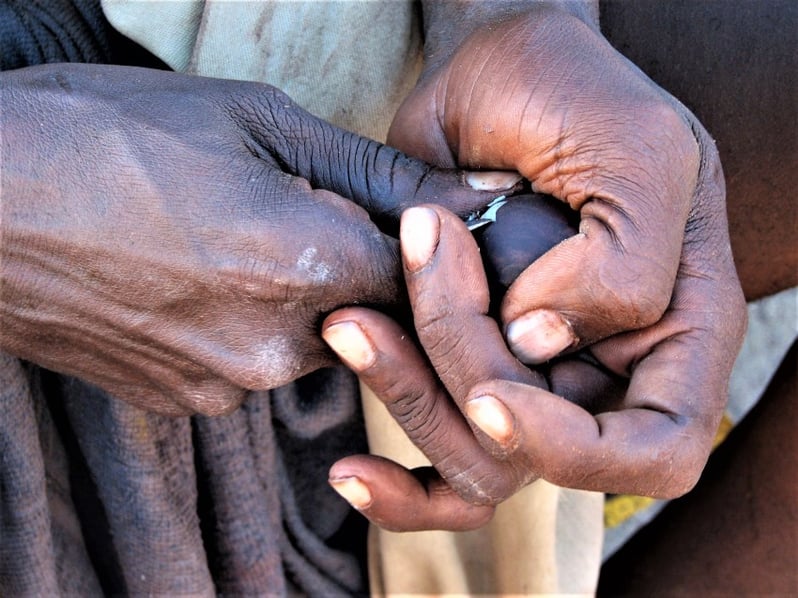
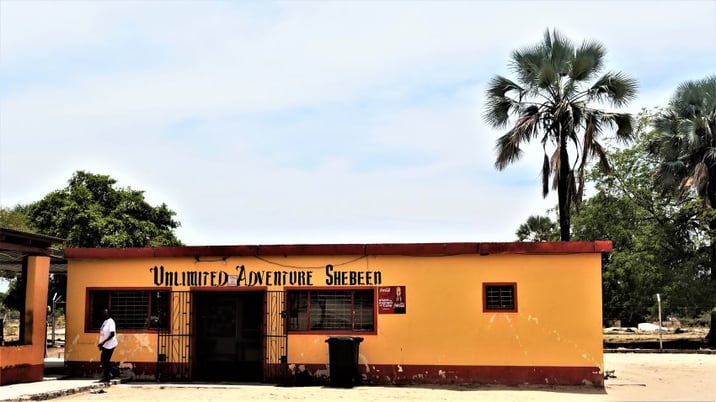


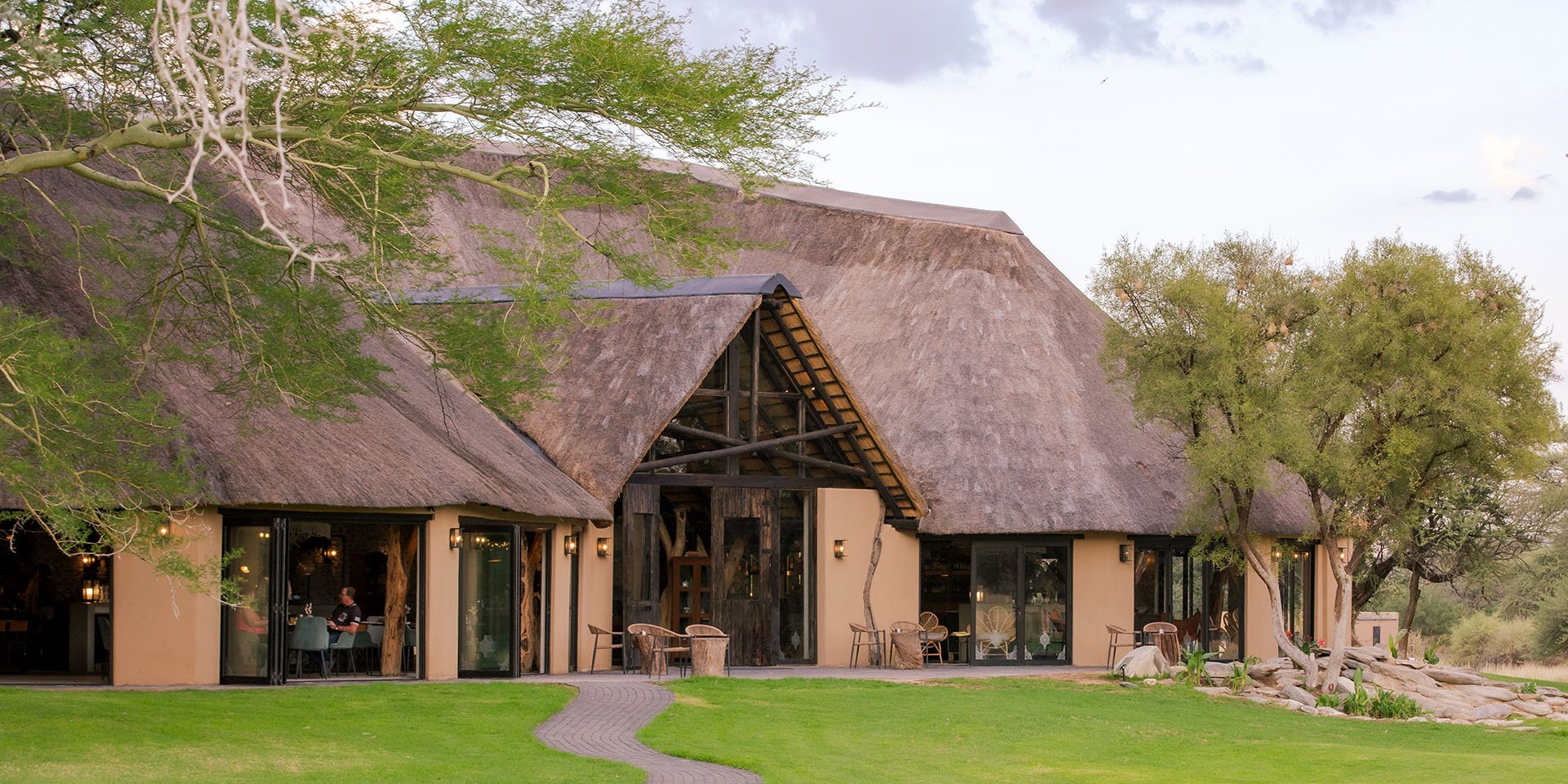
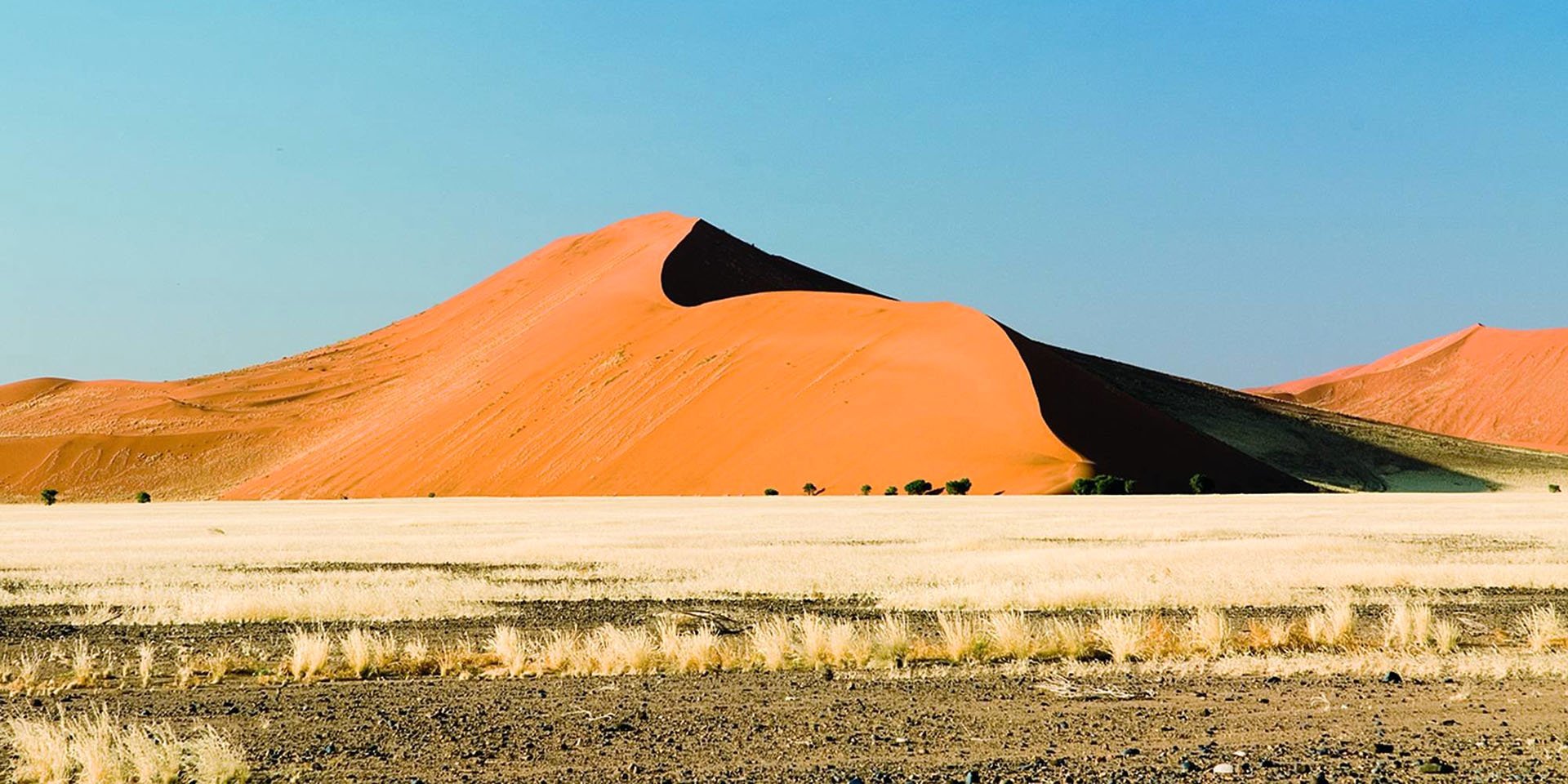

SUBMIT YOUR COMMENT